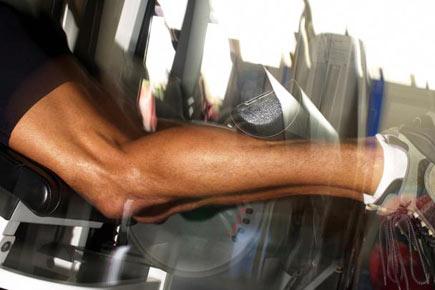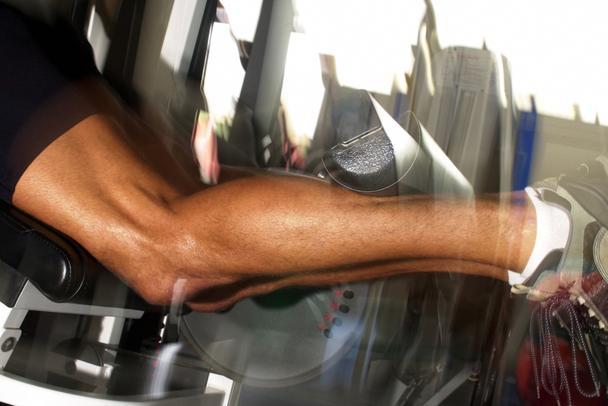A team of researchers from Italy, Israel and Britain has succeeded in generating mature, functional skeletal muscles in mice using a new approach for tissue engineering

London: A team of researchers from Italy, Israel and Britain has succeeded in generating mature, functional skeletal muscles in mice using a new approach for tissue engineering.
ADVERTISEMENT
The scientists grew a leg muscle starting from engineered cells cultured in a dish to produce a graft.

Representational picture
The subsequent graft was implanted close to a normal, contracting skeletal muscle where the new muscle was nurtured and grown.
"The morphology and the structural organisation of the artificial organ are extremely similar to if not indistinguishable from a natural skeletal muscle," said Cesare Gargioli from the University of Rome, one of the lead authors of the study.
The scientists used muscle precursor cells - mesoangioblasts - grown in the presence of a hydrogel (support matrix) in a tissue culture dish.
The cells were also genetically modified to produce a growth factor that stimulates blood vessel and nerve growth from the host.
Cells engineered in this way express a protein growth factor that attracts other essential cells that give rise to the blood vessels and nerves of the host, contributing to the survival and maturation of newly formed muscle fibres.
After the graft was implanted onto the surface of the skeletal muscle underneath the skin of the mouse, mature muscle fibres formed a complete and functional muscle within several weeks.
Replacing a damaged muscle with the graft also resulted in a functional artificial muscle very similar to a normal Tibialis anterior.
"In time, the method could allow for patient-specific treatments for a large number of muscle disorders," Gargioli noted.
Tissue engineering of skeletal muscle is a significant challenge but has considerable potential for the treatment of the various types of irreversible damage to muscle.
So far, attempts to recreate a functional muscle either outside or directly inside the body have been unsuccessful.
In future, irreversibly damaged muscles could be restored by implanting the patient's own cells within the hydrogel matrix on top of a residual muscle, adjacent to the damaged area.
The next step in the work will be to use larger animal models to test the efficacy of this approach before starting clinical studies.
The results were published in the journal EMBO Molecular Medicine.
 Subscribe today by clicking the link and stay updated with the latest news!" Click here!
Subscribe today by clicking the link and stay updated with the latest news!" Click here!






